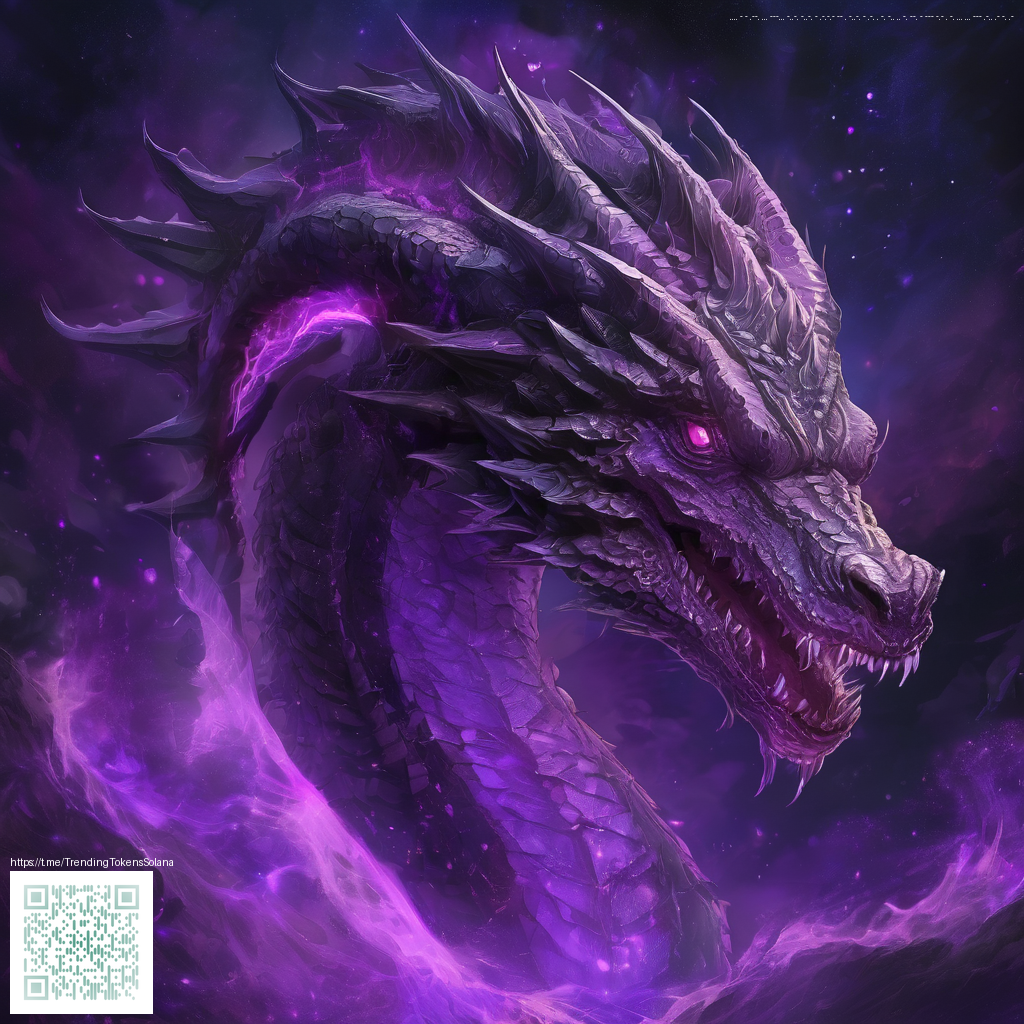
World Building in Super Smash Bros Ultimate Crossovers and Lore in Motion
Fighters from dozens of universes collide in a single arena, yet the magic lies in how the game makes that collision feel like a lived in world. Rather than a simple roster of toons, the package works as a compact sandbox of shared histories, rivalries, and nods to past adventures. A true world building exercise, the package invites players to read the table as a celebration of gaming history, while offering a platform for new stories to emerge through plays and theories.
At the heart of this approach is the World of Light adventure mode. It presents an overarching narrative that gathers heroes from many series into a single, peril filled quest. The set pieces, the antagonists, and the way battles unfold are not just tests of skill but chapters in a larger epic. Even when you switch to classic versus mode, the design language remains recognizably cohesive, with consistent visuals, sound cues, and pacing that remind players of a single shared universe rather than a collection of separate IPs. This approach turns what could be a simple party into a narrative pilgrimage across familiar sauces of gaming lore. 🎮
The spirit system adds another layer to the world building, acting as a living catalog of the game world. Spirits are collectible stand ins that represent fighters across ages and alternate forms, bundled with backstories that echo their home titles. They become a storytelling engine because they map a fighter’s heritage while offering a practical progression path. Players can level up spirits, fuse them, and unlock unique bonuses that translate lore into gameplay texture. The result is a sense of continuity that makes every match feel part of a wider tapestry rather than a one off duel.
Stage design serves as the most visible bridge between worlds. Each arena is a window into a franchise slice, yet crafted to feel playable in a single screen. The stages act as narrative anchors that remind players of where each fighter comes from while providing a shared stage grammar that keeps the action readable. The intermingling of stage aesthetics with dynamic hazards and environmental cues reinforces the idea that battles occur across a multi dimensional playground rather than inside a rigid sandbox. It is a clever balance of homage and playability that keeps fans discussing which arena best captures a given character’s flavor.
Community voices consistently push the conversation toward how much lore should influence competitive play. Some fans thrive on speculative theories about hidden connections between fighters or about future crossovers that would expand the mythos. Others crave more explicit lore through optional modes or collectible lore entries that players can chase beyond the standard fights. The dialogue around these topics is lively and often thoughtful, with players weighing how much narrative weight a character should carry into a match up or how a new fighter could alter the perceived world balance. The result is a living conversation that helps keep the universe feeling fresh while honoring its history. 🗺️
Updates and patches play a crucial role in deepening the world building, sometimes in ways that ripple through the meta game. The long running timeline includes notable moments when new fighters arrive, new stages appear, and existing mechanics are adjusted to align with a broader world narrative. For example, a major post launch update introduced a new centerpiece character well known from a separate universe in the original lore, expanding the sense that these are all part of one grand crossover saga. Even the small balance changes can subtly shift how players perceive a fighter's place within the world and how audiences imagine future crossovers. Keeping track of patch notes becomes part of understanding the evolving world map and its hidden corridors. 🔄
Modding and fan created lore represent another path to deepening the world beyond what official releases offer. While the official product maintains a tight leash on content and licensing, fans have explored creative alternatives that re imagine the universes in new light. Community driven lore write ups, fan made stories, and modded experiences foster conversations about what the shared world could be if certain fighters or stages received different treatments. This culture of fan driven interpretation keeps the setting personal and dynamic, ensuring that the sense of wonder endures long after the immediate headlines fade.
Community members often frame the experience as a living anthology where each update adds a new chapter. The joy comes not just from mastering the mechanics in front of you but from spotting nods to a wider gaming history and predicting where the shared world might travel next.
From a developer standpoint the aim seems to be building a durable platform for storytelling as much as a competitive fighting game. The design language fosters recognition and curiosity, inviting players to piece together a broader mythology while still rewarding skill and timing in the moment to moment action. The result is an accessible yet richly layered experience that resonates with long time fans and newcomers alike. The world feels bigger because the game invites you to become a participant in its ongoing expansion rather than a spectator to a fixed script. ⚔️
For readers who want to see how this world building philosophy translates to concrete play, try expanding your horizons with a new fighter, test a spirit team built around a theme, or explore a stage you have not used in a while. The mix of story oriented design and sharp, competitive combat makes every session feel like you are adding a new page to a living anthology. The game invites bold experiments, and the community rewards curiosity with fresh theories, stylish plays, and shared discoveries.